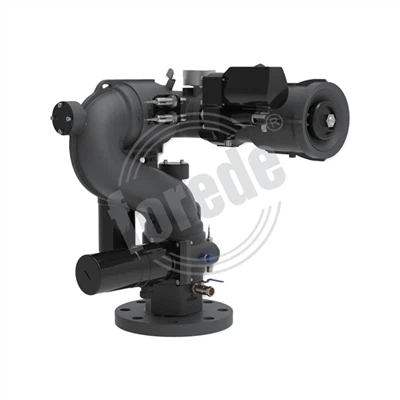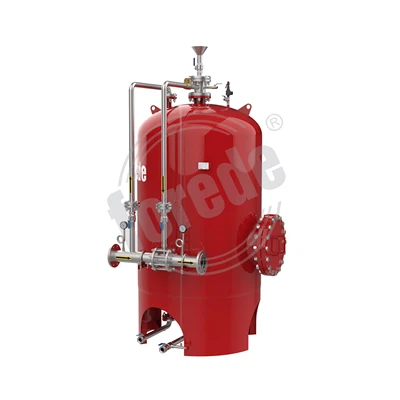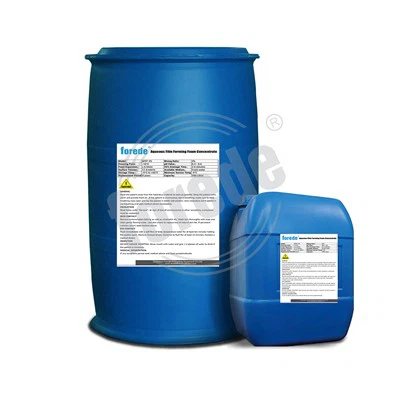
How do firefighters connect to an FDC?
A Fire Department Connection (FDC) is a critical interface between a building's internal fire suppression system and external firefighting resources. When activated, firefighters connect their pump trucks or fire engines to the FDC to deliver high-pressure water to sprinklers, standpipes, or other suppression systems. This process requires precision, adherence to protocols, and familiarity with FDC design. Below is a detailed breakdown of how firefighters establish this vital connection.
Before approaching the FDC, firefighters conduct a rapid assessment to ensure safety and efficiency:
- Verify the FDC's Location: Using pre-incident plans or building blueprints, firefighters identify the FDC's position, typically on the exterior of the structure near a public way or fire lane.
- Check Accessibility: The area around the FDC must be clear of obstructions, vehicles, or debris. Firefighters confirm that the FDC is within reach of their pump truck's hoses and that there is adequate space for maneuvering.
- Inspect the FDC: A quick visual check is performed to ensure the FDC is intact, with no visible damage, loose caps, or missing signage. Protective covers (caps/plugs) are inspected for security.
Firefighters use specialized hoses and couplings designed for FDC connections:
- Hose Type: A large-diameter supply hose (typically 3-inch or 4-inch) is selected to handle high-volume water flow. The hose must be long enough to reach the FDC from the pump truck without kinking or excessive tension.
- Coupling Compatibility: The coupling on the fire hose must match the FDC's inlet threading. Common standards include National Pipe Thread (NPT) or Storz connections. Firefighters carry adapters if thread types differ.
- Hose Condition: The hose is inspected for leaks, cuts, or wear. A damaged hose could compromise water delivery during firefighting operations.
Proper truck placement is critical for effective hose deployment:
- Proximity to the FDC: The pump truck is parked as close as possible to the FDC, ideally within 15–30 meters (50–100 feet), to minimize hose length and friction loss.
- Stabilization: The truck is chocked, and the parking brake is engaged to prevent movement during hose connection or operation.
- Hose Layout: The supply hose is unreeled smoothly, avoiding sharp bends or kinks that could restrict water flow. The hose is laid in a straight path toward the FDC.
This step requires teamwork and adherence to standard operating procedures (SOPs):
- Removing Protective Caps: One firefighter removes the FDC's protective cap or plug, ensuring it is tethered to prevent loss. The cap is stored safely to avoid contamination or damage.
- Attaching the Coupling: The fire hose coupling is aligned with the FDC inlet and turned clockwise (or engaged with a Storz connection) until secure. A wrench may be used to tighten the coupling, but over-tightening is avoided to prevent damage.
- Double-Checking the Connection: The coupling is inspected for proper seating. A slight tug confirms it is locked in place. Leaks around the connection are not acceptable and must be corrected immediately.
Before charging the hose, firefighters ensure the FDC and building system are ready:
- Opening Isolation Valves (if present): Some FDCs have isolation valves that must be opened manually. Firefighters confirm these valves are in the "on" position to allow water flow.
- Checking Pressure Gauges: If the FDC has a pressure gauge, firefighters monitor it to ensure it reads zero (indicating no backpressure) before charging the line. A non-zero reading could indicate a blockage or valve issue.
- Communicating with the Pump Operator: The firefighter at the FDC signals the pump operator (via radio or hand signals) that the connection is secure and ready for water.




















